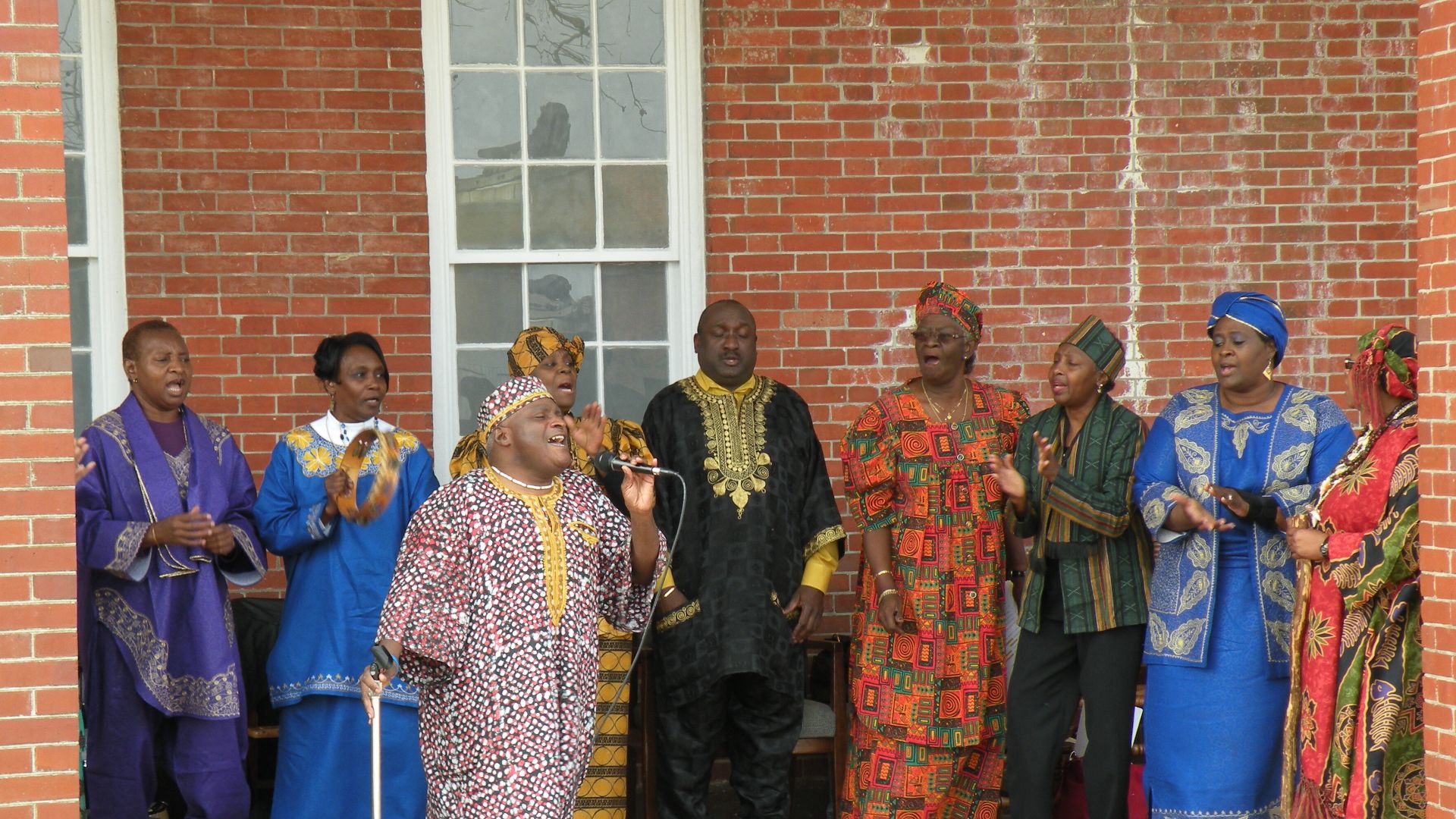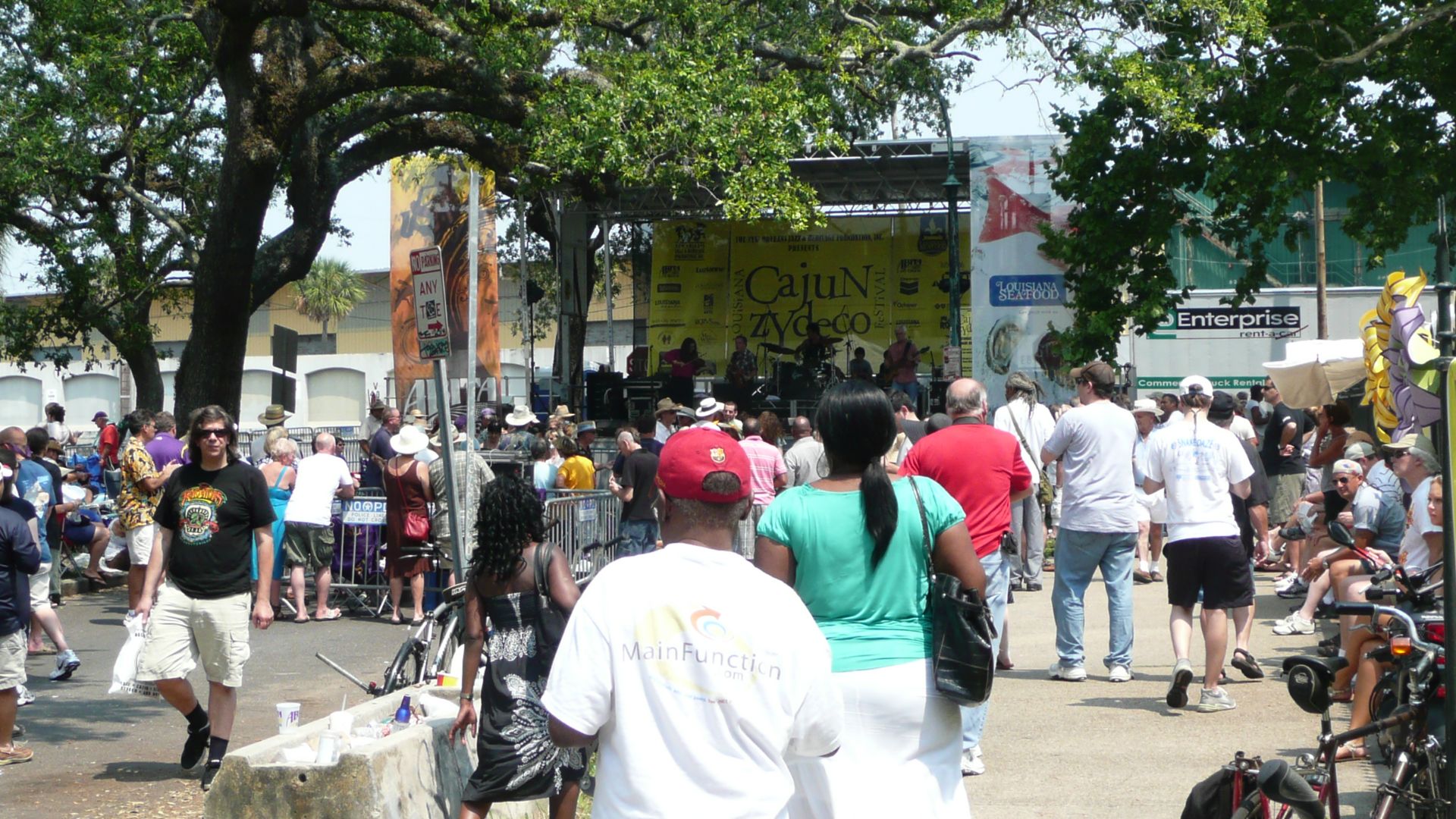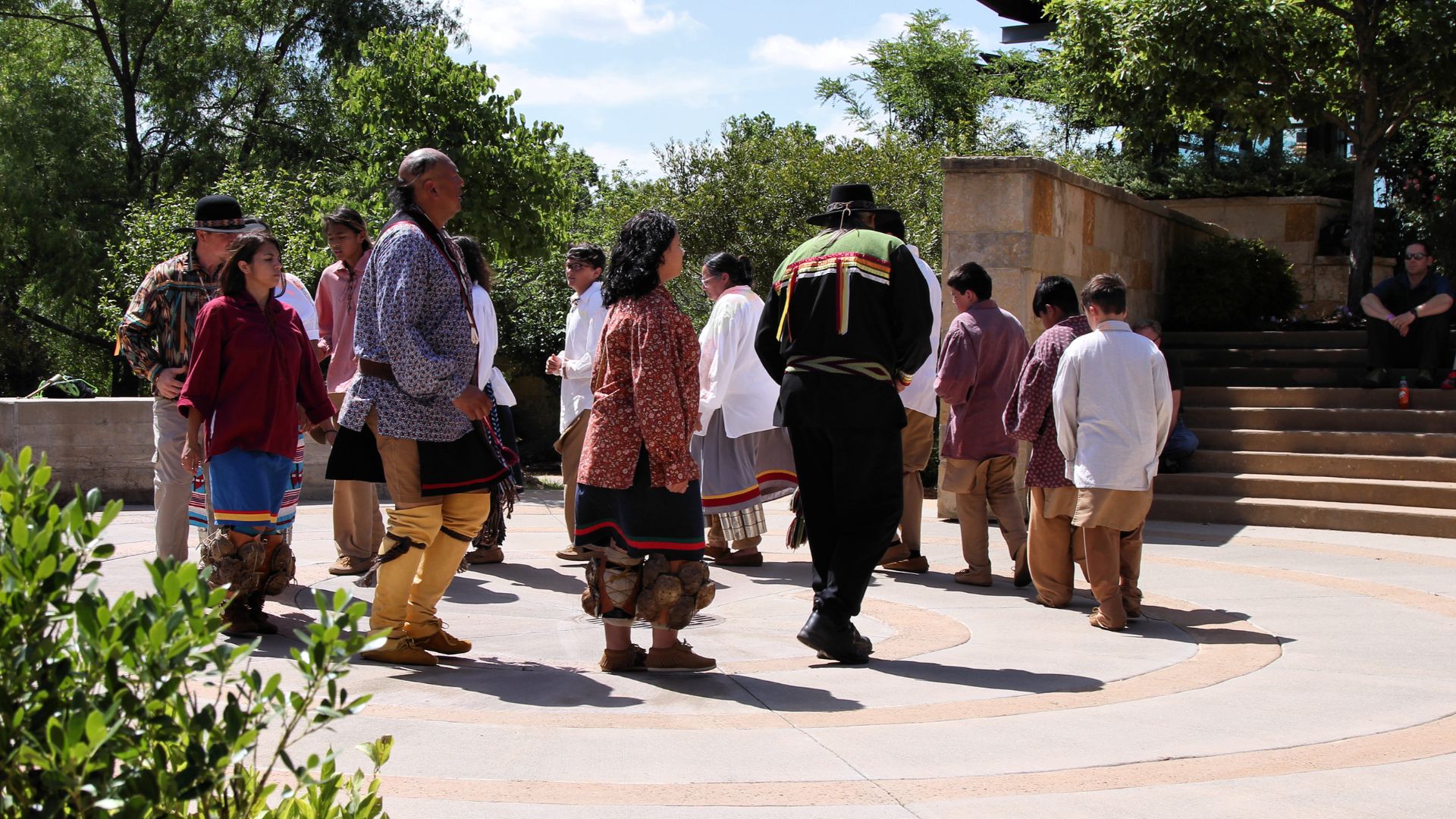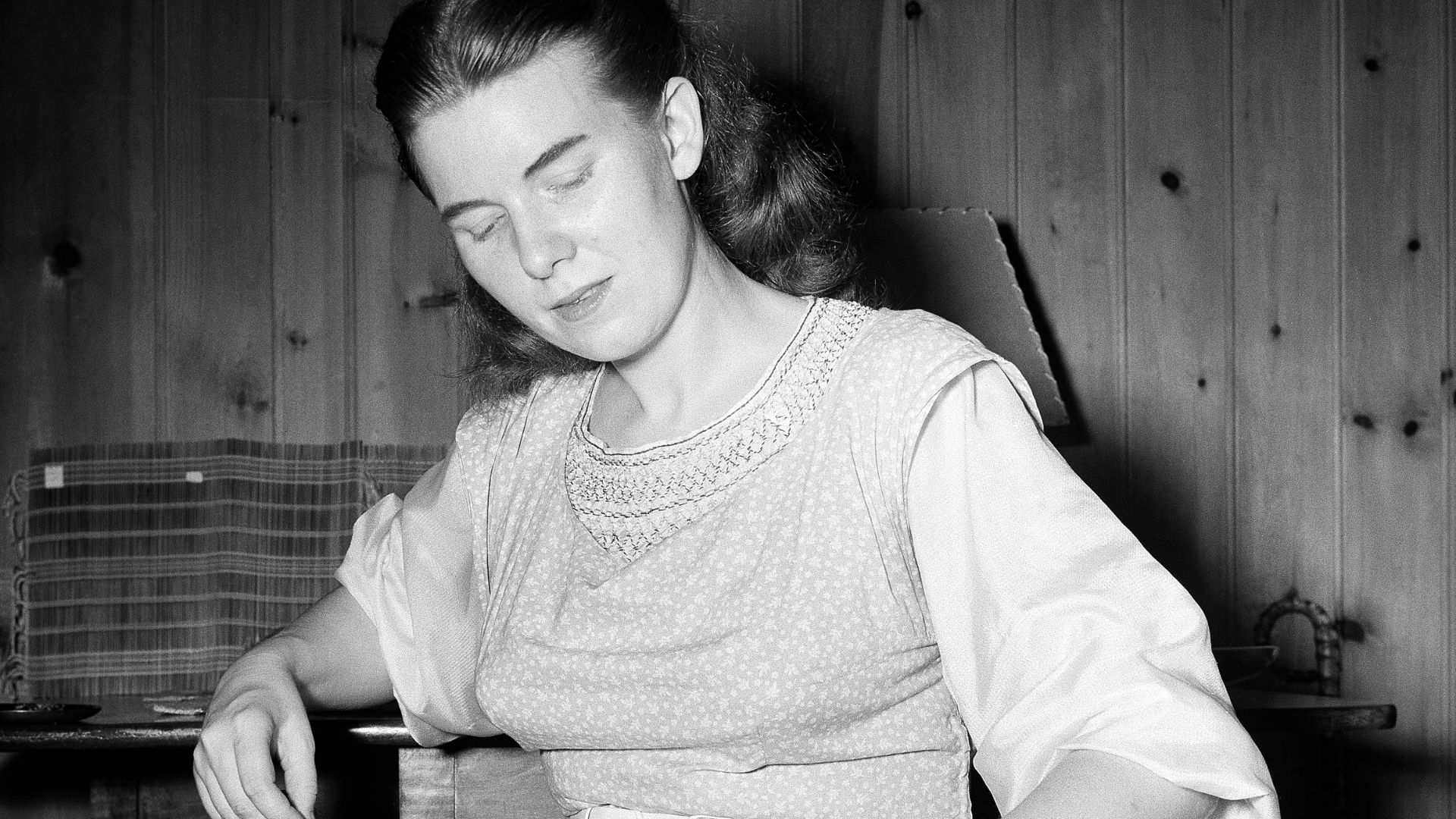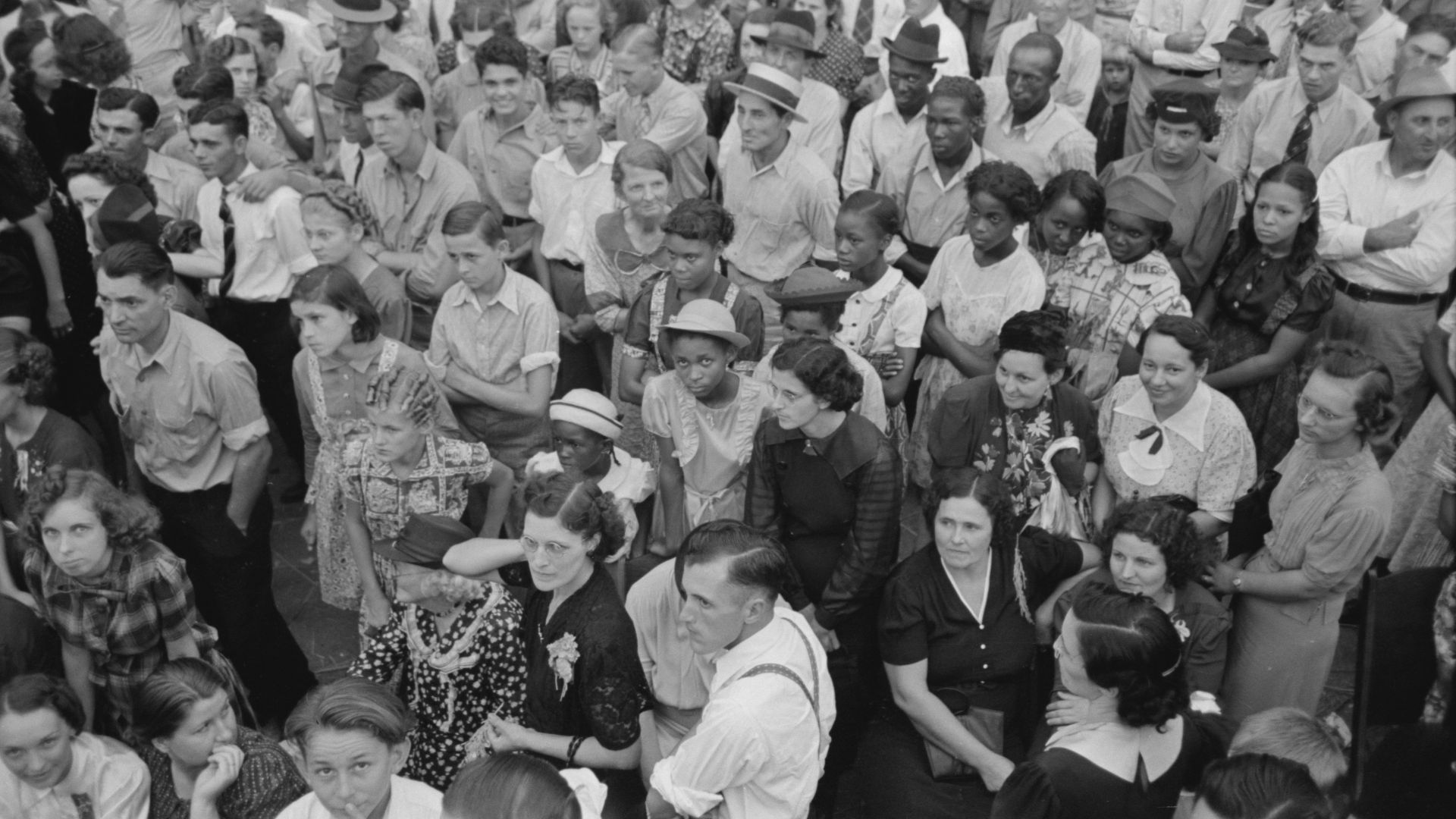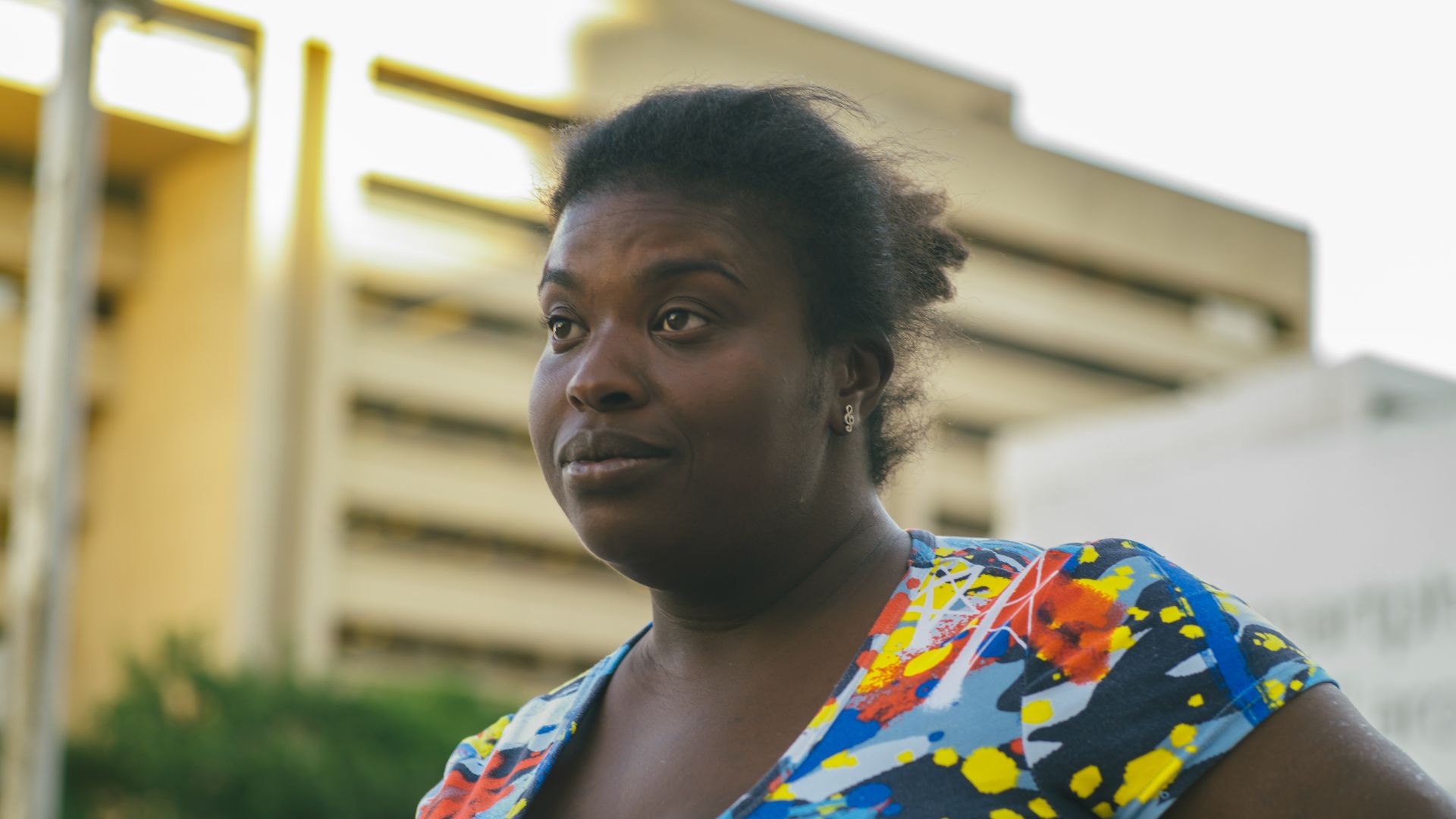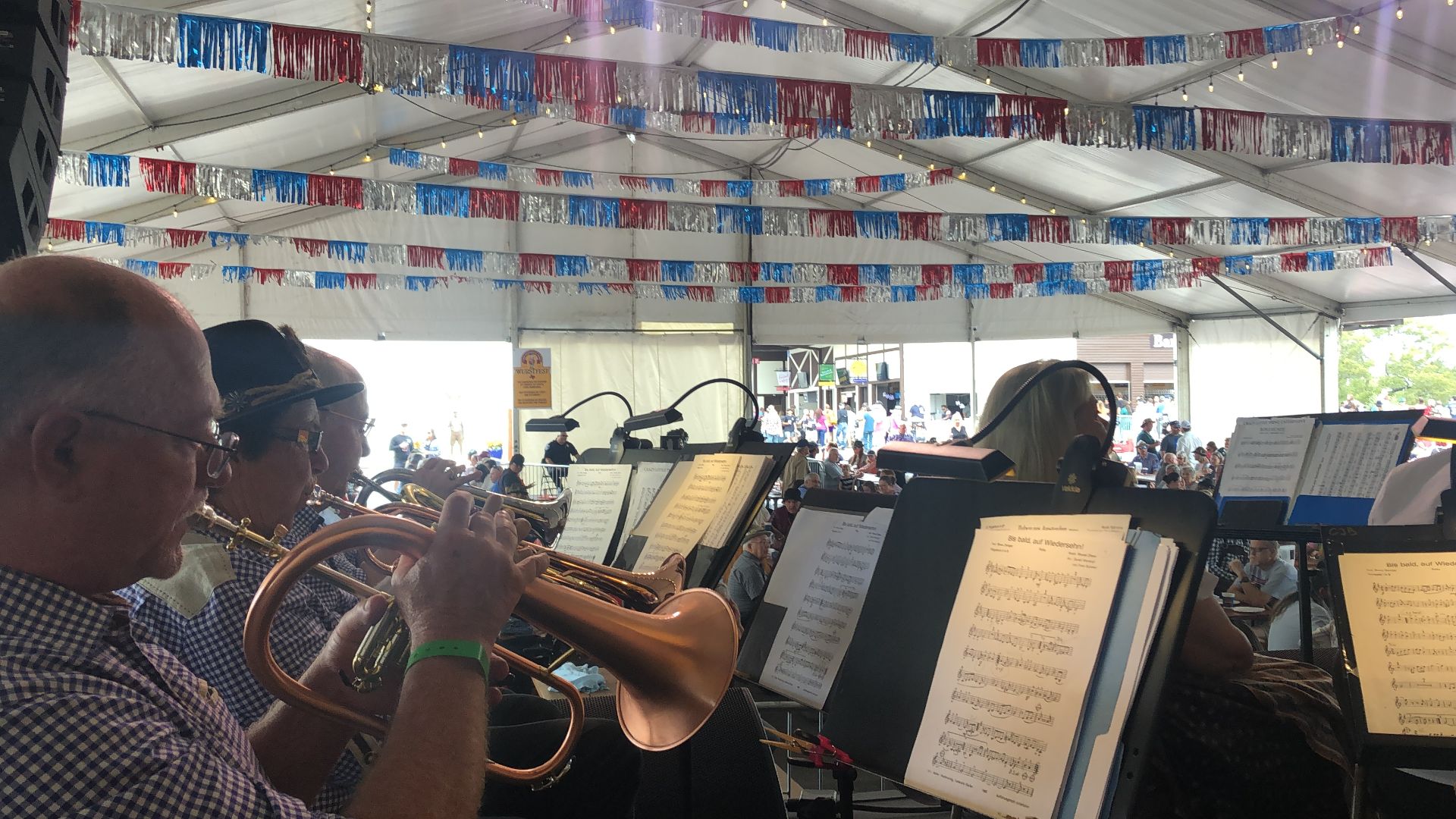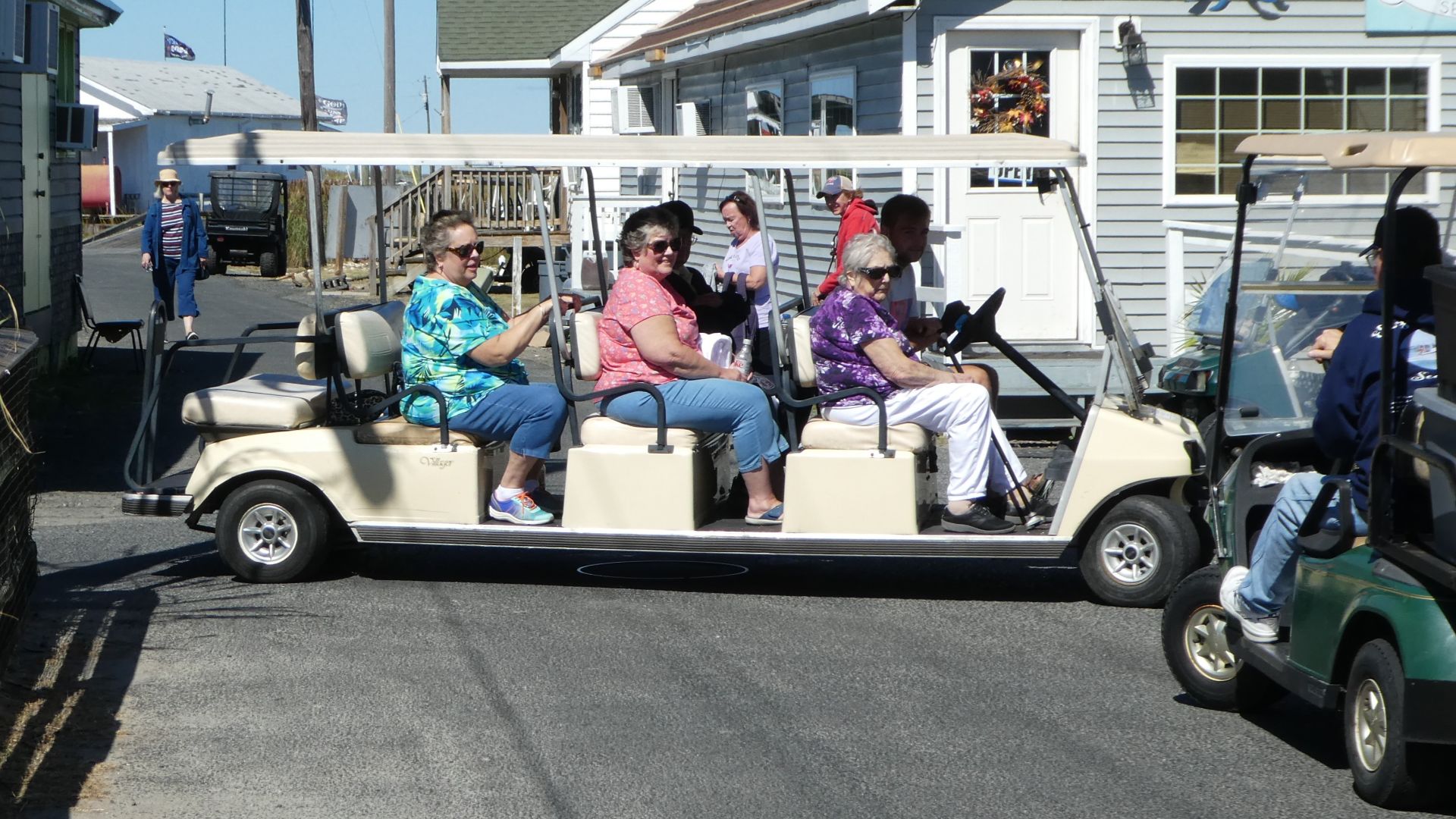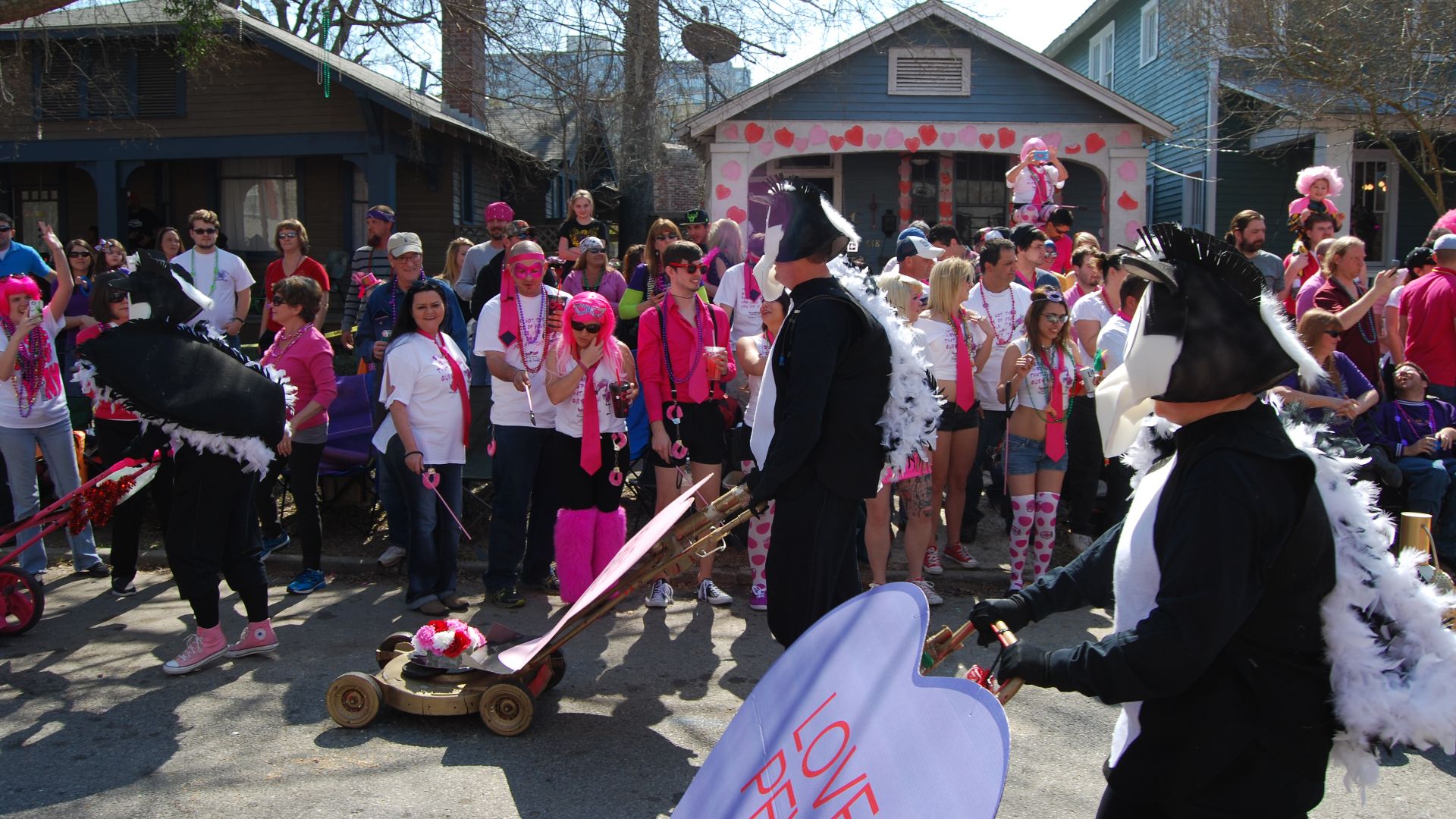Voices That Carry Southern History
The South doesn’t just shine through its music or food—it speaks, and its syllables carry history. Across swamps and coasts, voices have risen that sound nothing like the standard classroom tongue. Here, you get different dialects that tell of survival and cultural fusion. As you read on, we’ll take you through 20 distinct ways of speaking that continue to shape identity, preserve memory, and remind us that language itself is living history.
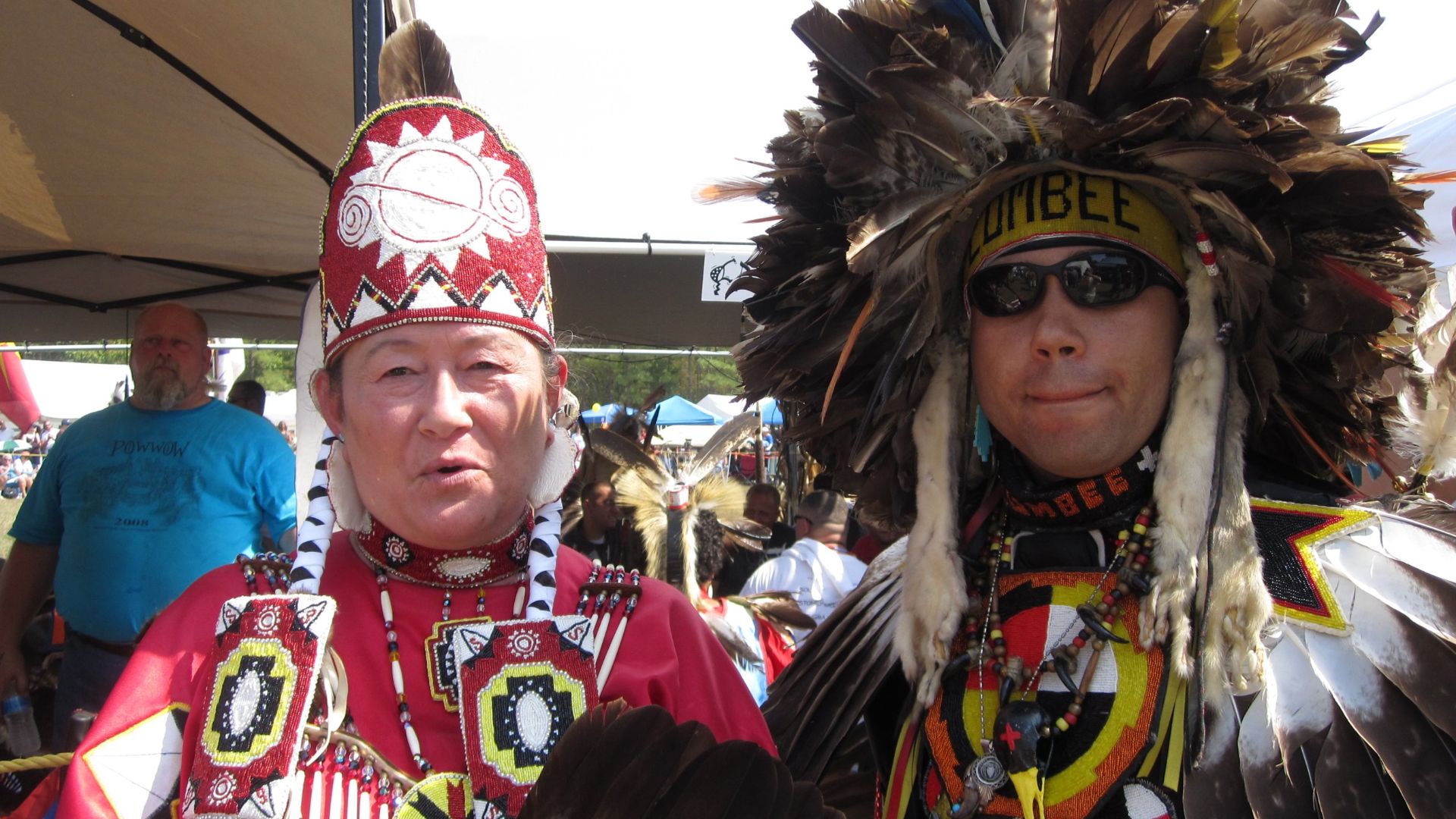 Tony Alter from Newport News, USA on Wikimedia
Tony Alter from Newport News, USA on Wikimedia
1. Gullah-Geechee
A distinctive English-based creole spans the southeastern coastline, from South Carolina to Georgia and nearby areas. The language took shape as enslaved Africans combined English with West and Central African languages, and its dual name reflects deep historical roots.
2. Melungeon Vernacular
Melungeons, a group with mixed heritage roots in Appalachia, developed distinctive speech patterns over generations. Their vernacular combines Southern English elements with different cultural influences. Though not officially recognized as a separate dialect, this unique way of speaking shows a complex ancestry.
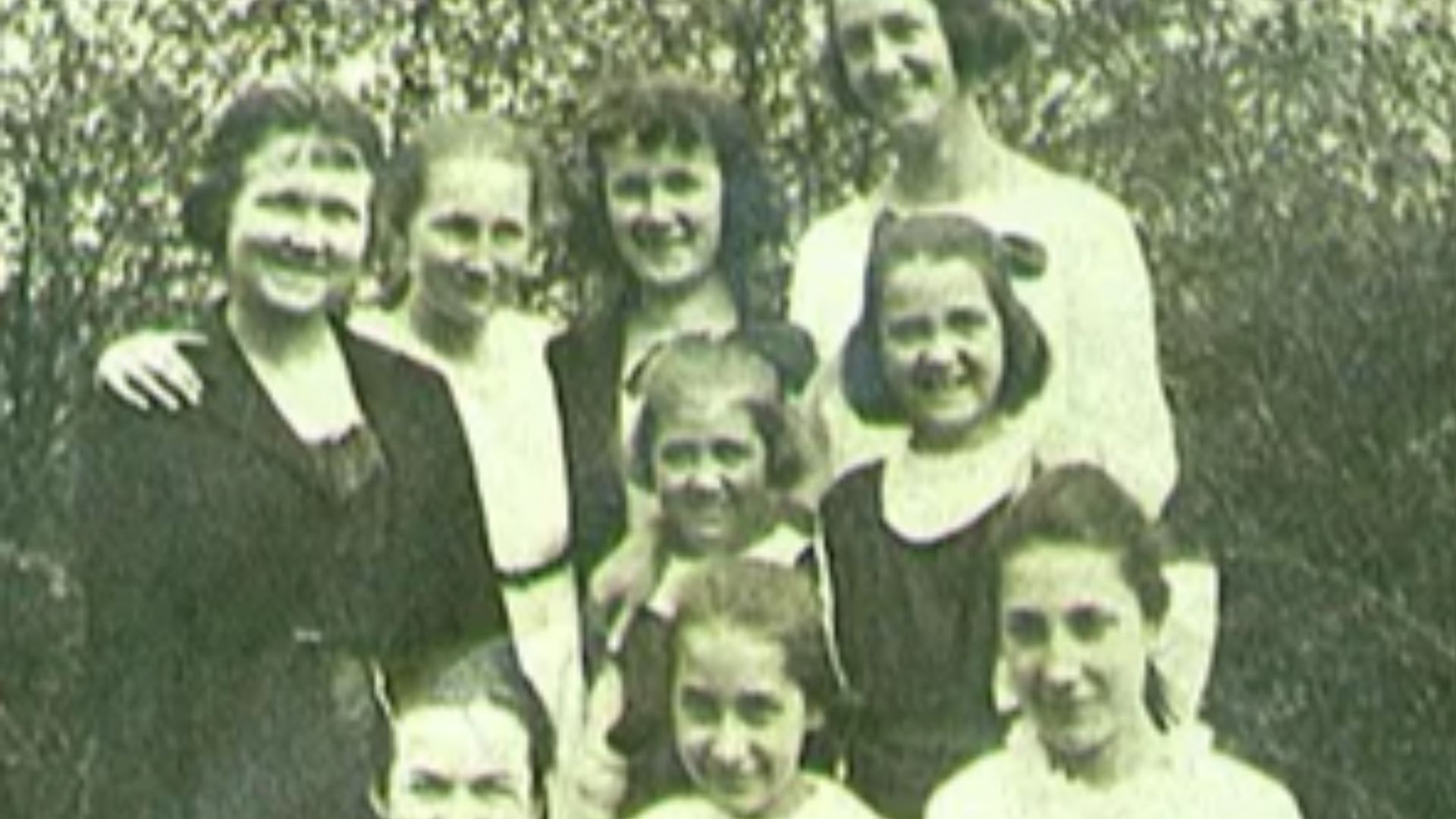 Special to the Citizen-Times (King College, TN) on Wikimedia
Special to the Citizen-Times (King College, TN) on Wikimedia
3. Cajun French
Festivals across Louisiana celebrate the enduring legacy of Cajun French, a dialect preserved through generations. Descended from Acadian exiles, this unique variety differs substantially from Louisiana Creole and Standard French. It also adds distinctive terms like "lagniappe" to regional vocabulary.
4. Isleño Spanish
Spanish-speaking Canary Islanders established roots in Louisiana during the late 1700s. Their descendants speak Isleño Spanish, which preserves many old Spanish terms forgotten in Spain. Also, we can see their cultural identity in their traditional décima narrative songs.
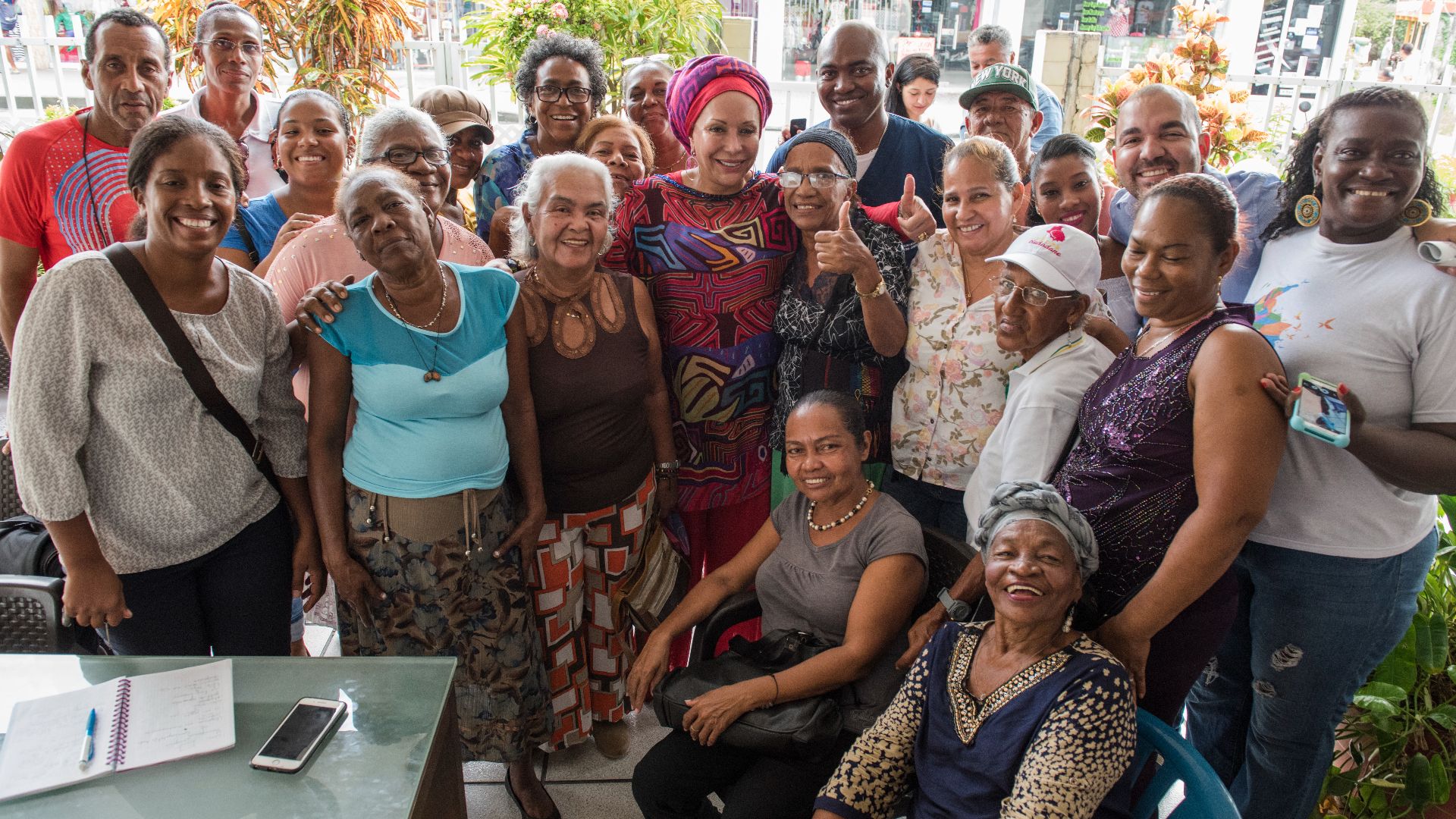 Prensa Poder Ciudadano on Wikimedia
Prensa Poder Ciudadano on Wikimedia
5. Okie Southern Vernacular
Many Oklahomans speak with traces of both Southern and Southwestern English, especially those with family ties to the Dust Bowl period. While scholars may not recognize 'Okie Southern Vernacular' as its own dialect, these regional speech characteristics remain noticeable throughout the state.
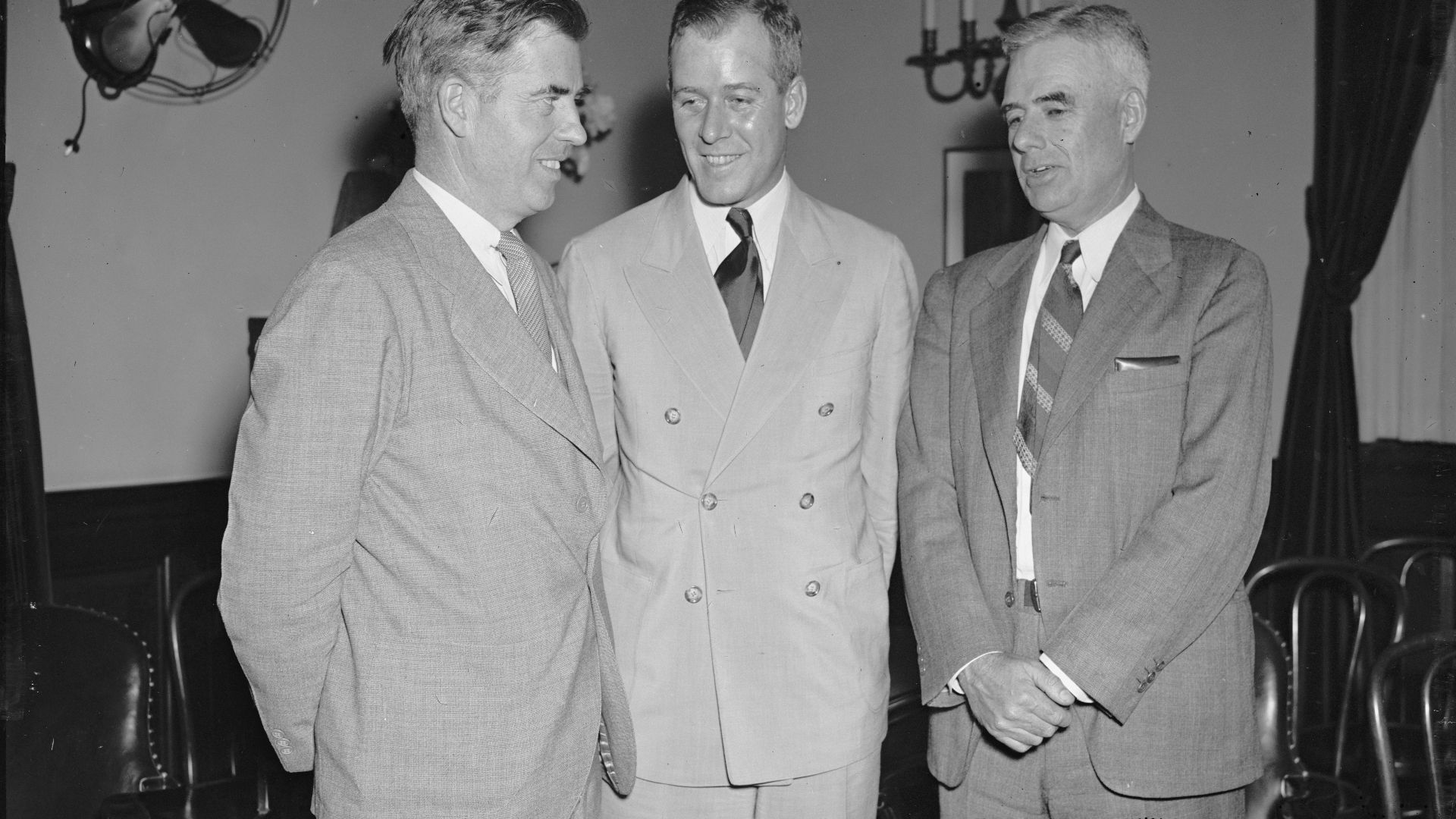 Harris & Ewing, photographer on Wikimedia
Harris & Ewing, photographer on Wikimedia
6. Lumbee Dialect
Native American, African American, and Southern English elements merge in the Lumbee Dialect of southeastern North Carolina. Not only does the dialect serve as a vital marker of tribal identity, but it also preserves cultural connections. Unique expressions like "ellick" for coffee demonstrate its distinctiveness.
7. Chickasaw Vernacular
Members of the Chickasaw Nation speak a remarkable English variety that echoes their cultural roots. Southern English influences mix smoothly with preserved Chickasaw words, particularly those expressing traditional concepts. This vernacular thrives in Oklahoma; however, it once flourished in Mississippi, too.
8. Afro-Seminole Creole
Black Seminole communities in Texas, Oklahoma, and northern Mexico speak this distinctive English-based creole. Known as "Mascogo" in Mexico, Afro-Seminole Creole emerged from Gullah and other influences following the Florida migration. Sadly, the language faces extinction with few elderly speakers left.
 State Library and Archives of Florida on Wikimedia
State Library and Archives of Florida on Wikimedia
9. Tejano Spanish
Distinctive words like "troca" instead of "truck" characterize Tejano Spanish, a dialect used by Mexican Americans across Texas. Beyond vocabulary, this variety of Spanish reflects indigenous and English language influences. Its cultural significance extends into Tejano music lyrics.
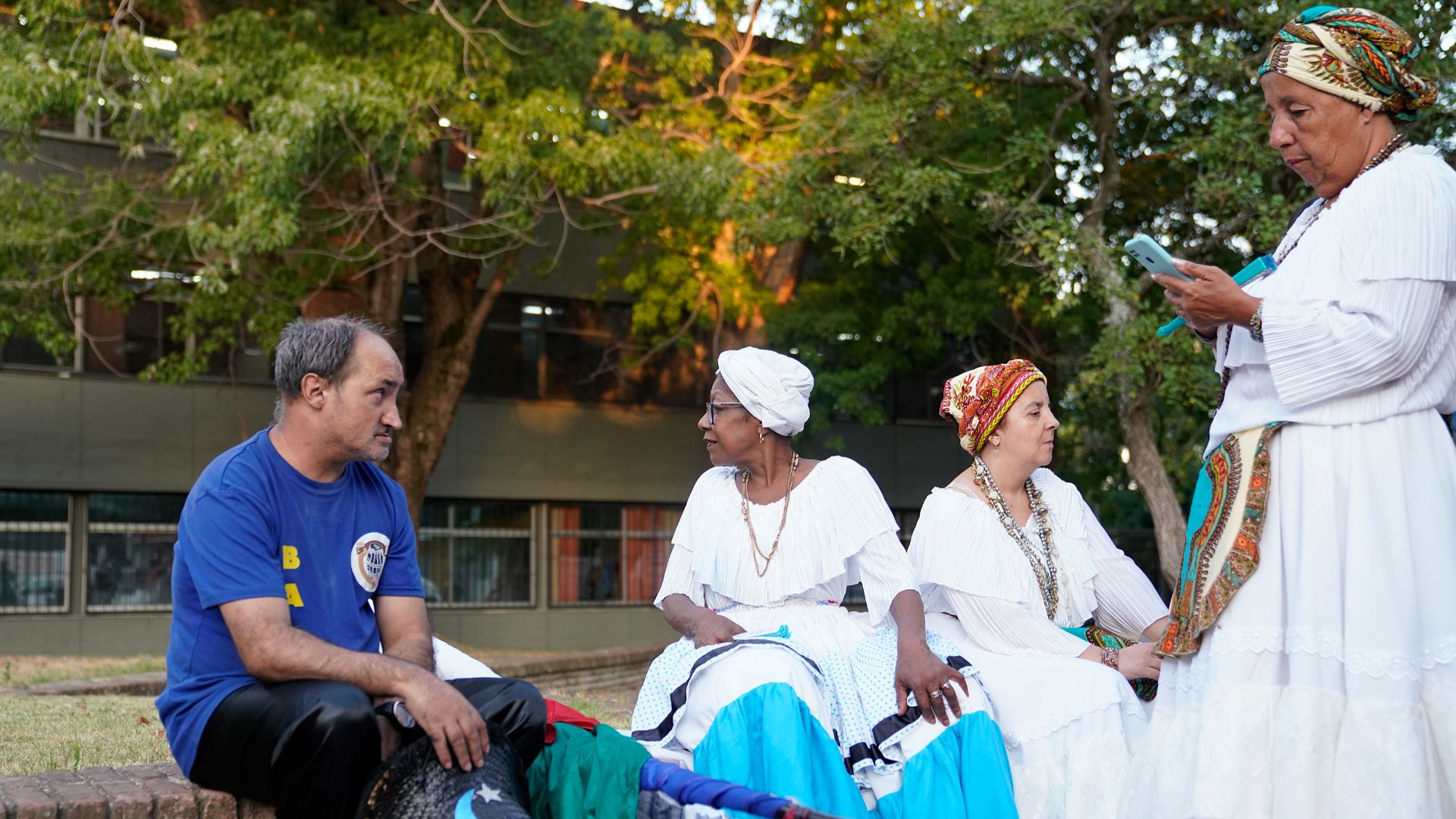 Agustín Fernández on Wikimedia
Agustín Fernández on Wikimedia
10. Border Spanish (Tex-Mex)
The Texas-Mexico border region has developed its own unique contact dialect, mixing Spanish and English grammar in daily conversation. Speakers regularly switch between both languages mid-sentence, and the term "Tex-Mex" extends beyond language to describe the area's beloved regional cuisine.
 George Grantham Bain Collection on Wikimedia
George Grantham Bain Collection on Wikimedia
11. Appalachian English
Deep in the Appalachian Mountains, a dialect lingers that feels like a time capsule. Heard in Tennessee and Kentucky, it keeps words like “afeared” alive and phrases such as “might could” rolling in everyday talk. Folk songs and oral tales carry and preserve it.
12. Spanglish (Southern Variant)
The dynamic fusion of Spanish and English in Southern communities has produced a distinctive form of Spanglish. Regional influences from both languages shape this vernacular, particularly in Texas and Florida. Speakers continue developing new expressions, such as "parquear," which enriches this hybrid dialect.
13. Florida Cracker English
Florida Cracker English began with cattle drivers whose whips cracked across the frontier. Today, their descendants still say “fixin' to” when getting ready for something. Rooted in rural life, this dialect reveals pioneer grit and keeps alive the colorful rhythms of Florida’s earliest settlers.
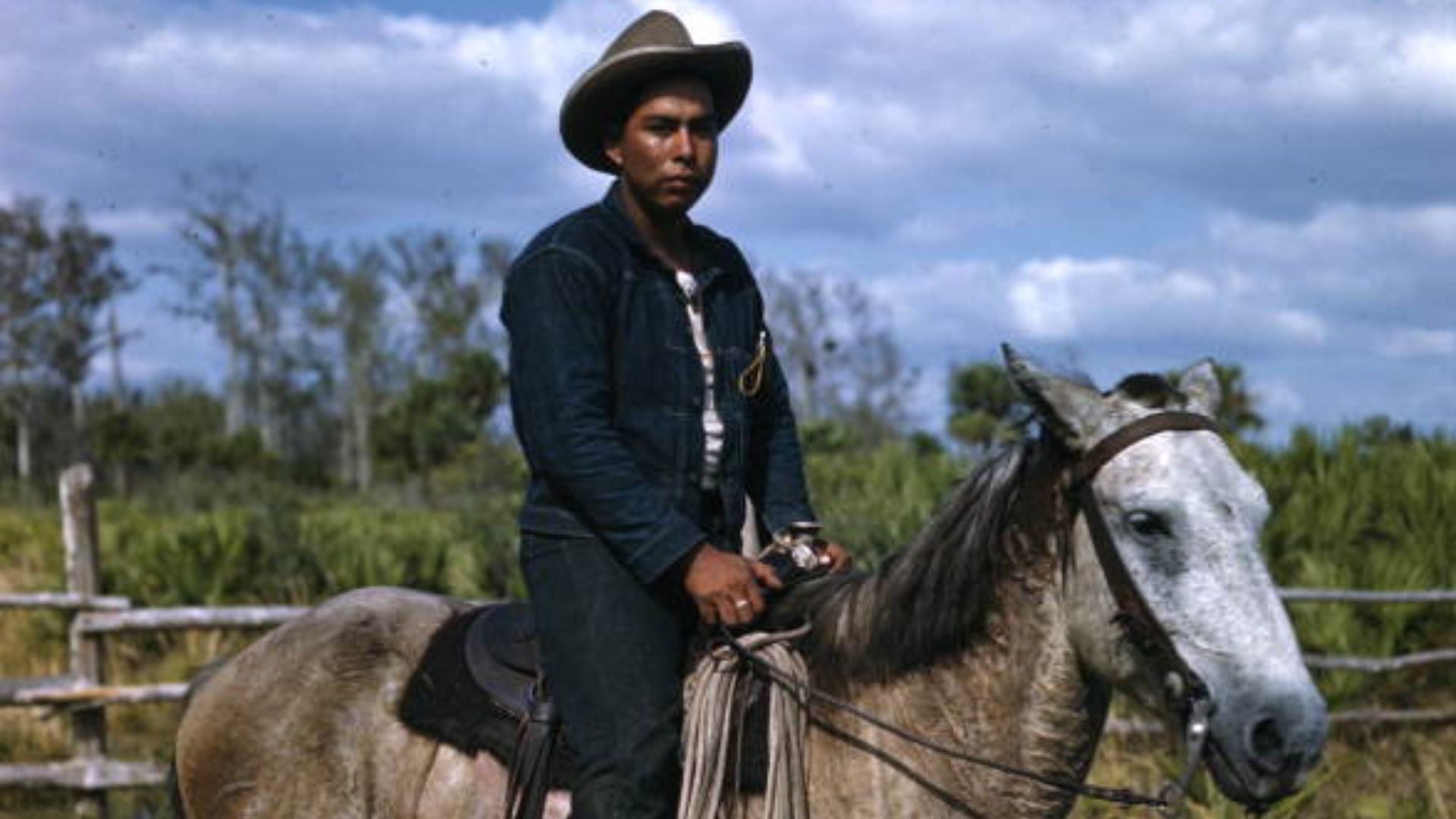 State Library and Archives of Florida on Wikimedia
State Library and Archives of Florida on Wikimedia
14. Afro-Cajun Vernacular
African American communities in southern Louisiana developed distinctive speech patterns that merge multiple linguistic traditions. Not only does this vernacular incorporate features from Cajun French and Louisiana Creole, but it also draws from regional English varieties, creating a unique cultural expression.
15. Yat
Theater performances across New Orleans celebrate the Yat dialect, a working-class white community's speech pattern named after the greeting "Where y'at?" The distinctive accent carries traces of the city's immigrant heritage and bears Irish, German, and Italian influences.
16. Missouri French (Old Mines)
French settlers who arrived in Old Mines during the 18th century sparked a unique linguistic legacy. Their descendants developed Missouri French, a distinct variety still heard in the region. Also called Paw Paw French, this dialect now survives through just a handful of speakers.
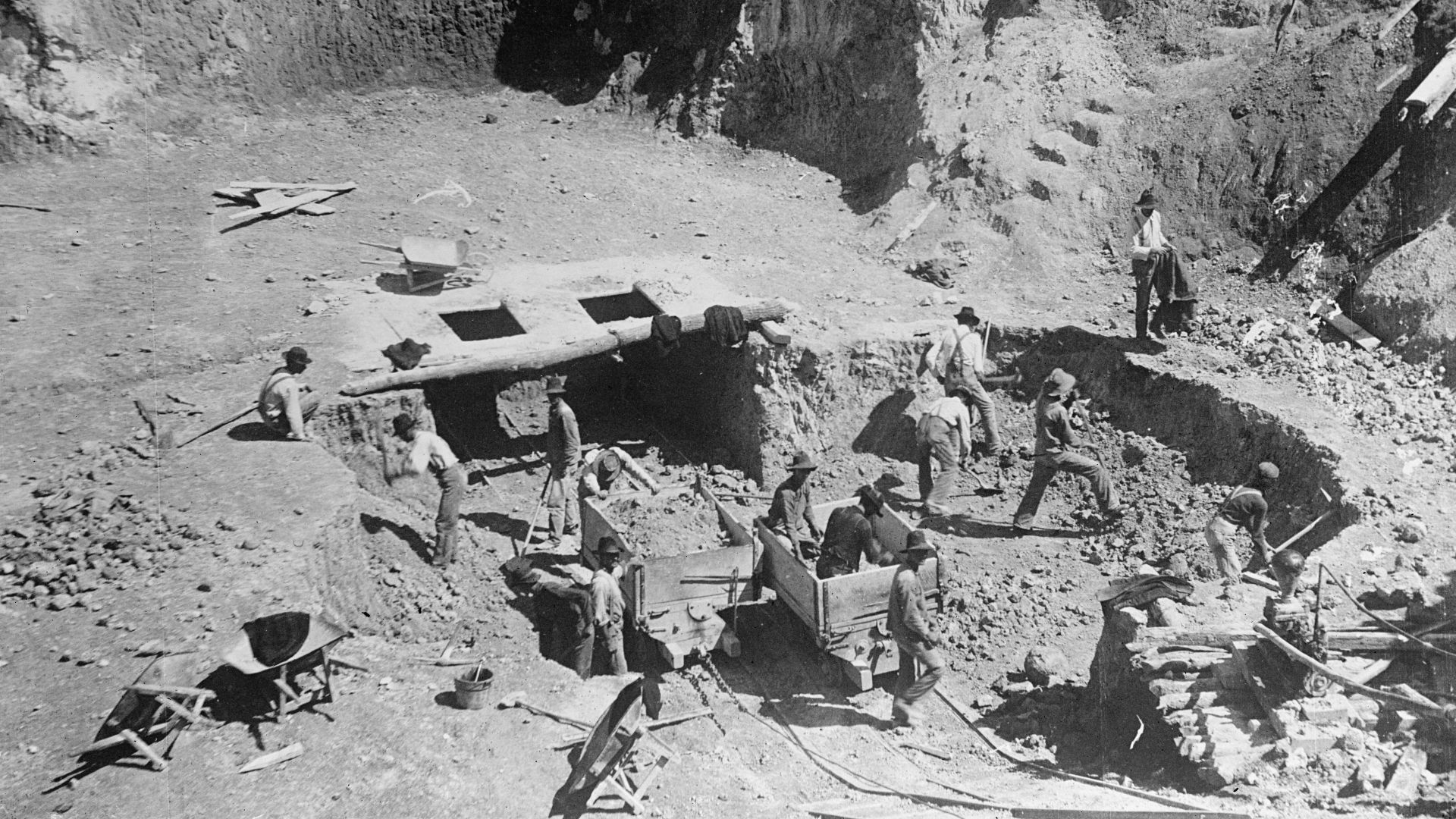 National Photo Company Collection on Wikimedia
National Photo Company Collection on Wikimedia
17. Afro-Texan Creole
Deep in East Texas, African American communities speak a distinctive creole that bridges multiple cultural influences. African linguistic heritage meets with Southern English elements in their vernacular. Afro-Texan Creole shows clear African language influences, and even experts classify it as a separate creole language.
18. Texas German
German immigrants settled central Texas in the 19th century, bringing their language with them. Through generations, their speech evolved into a unique dialect influenced by English rather than Spanish. Today, the Texas German Dialect Project at the University of Texas preserves this cultural legacy.
19. Tangier Island English
On Virginia’s Tangier Island, locals speak with a sound many outsiders mistake for British. Expressions such as “backward and forward” survive here. Archaic pronunciations make daily conversations feel historic, and rising seas threaten both the community and the dialect.
20. Louisiana Spanish (Brulé Spanish)
Descendants of Canary Island settlers brought their unique Spanish dialect to Louisiana's bayous. Now known as Brulé Spanish or Louisiana Spanish, this distinctive variant drew from Andalusian influences. Nowadays, only a handful of speakers preserve this linguistic heritage.


